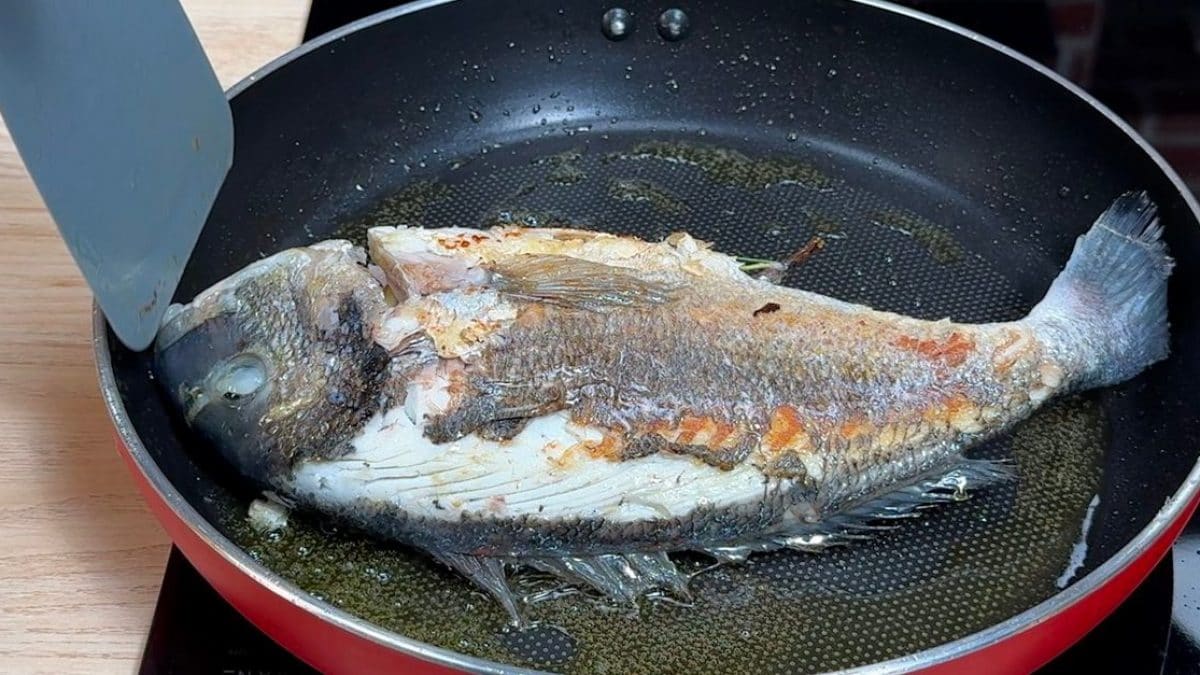
Cooking fish in a pan may seem like a quick and easy process, perfect for a light and tasty dinner. However, even the most expert cooks can make small mistakes that compromise the success of the dish. The risk? A dry, hard, or completely ruined fish. The good news is that a few tricks are enough to obtain a truly restaurant-quality result: tender, juicy, and well-browned. Let's discover together the 6 most common mistakes in cooking fish in a pan and how to avoid them to bring out all the flavor of this prized ingredient.
The Most Common Mistakes to Never Make
The pan is a great tool to enhance the flavor of the fish, as long as you treat it with respect and care. By avoiding these six mistakes, you can achieve a tender, tasty and impeccable result. Remember: the key is simplicity, combined with precision.
1. Cooking Fish in a Cold Pan
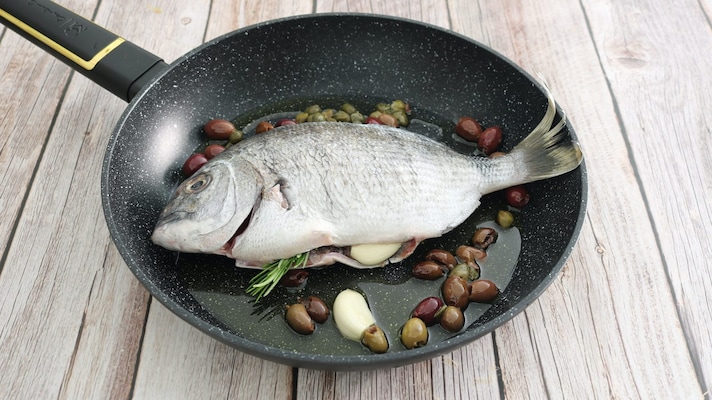
One of the most common mistakes is to start cooking in a cold pan: this prevents the formation of the golden crust on the outside and causes the fish to stick to the bottom, releasing liquids and cooking unevenly. Heat the pan well before adding the oil and then the fish: it should sizzle as soon as it touches the bottom.
2. Using Too Much (or Too Little) Oil
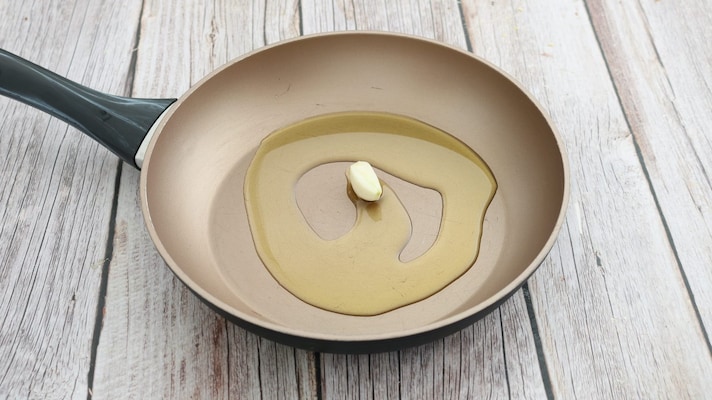
The oil in the pan has a dual function: to season and prevent the fish from sticking. Using too much, however, turns the cooking into a sort of frying, while using too little risks burning the surface and drying the flesh. Pour just a drizzle of oil and distribute it evenly with a brush or by tilting the pan. If the fish is already fatty (like salmon), you can further reduce the amount.
3. Turning the Fish Too Soon or Too Many Times
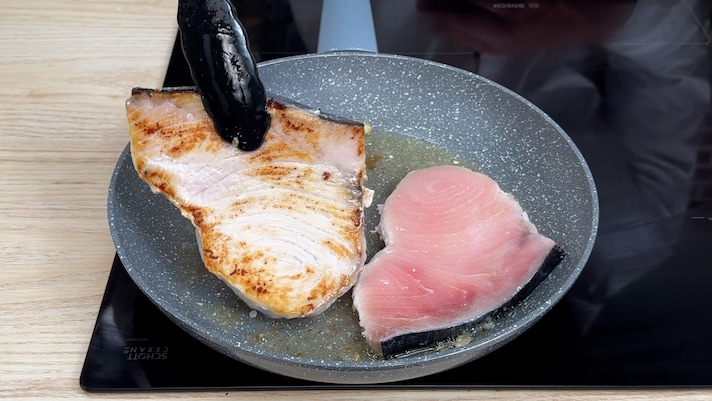
It often happens that we move the fish anxiously, for fear that it will stick or burn. But this impatience damages it: you risk breaking it or preventing it from forming that golden crust that enhances its flavor and keeps it soft inside. Let it cook undisturbed on one side, until it comes off easily by itself. Only then is it time to turn it, just once, delicately.
4. Salting The Fish Too Soon
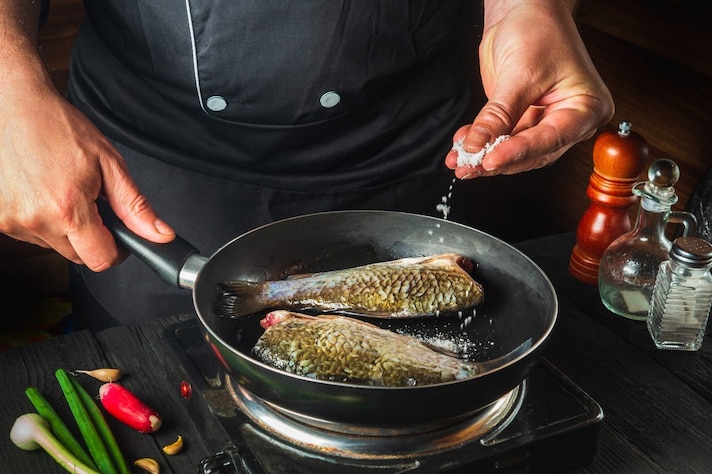
Salt, added too early, draws liquids to the surface, making the meat drier and tougher. It is a subtle but very common mistake: only in the last minutes of cooking, or even at the end of cooking, to preserve the juiciness of the pulp.
5. Cook the Fish Directly From the Refrigerator
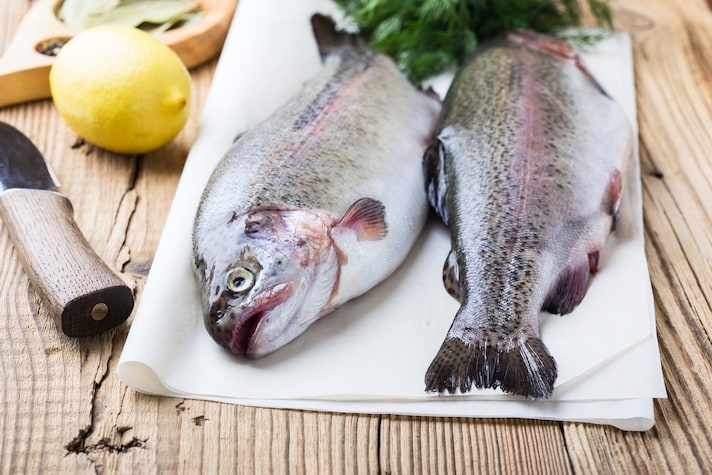
Fish straight out of the fridge is too cold: the contrast with the hot pan makes it cook badly, stiffening the fibers and making it rubbery. Leave the fish at room temperature for at least 10-15 minutes before putting it in the pan. It will cook more evenly and be more tender.
6. Overcooking
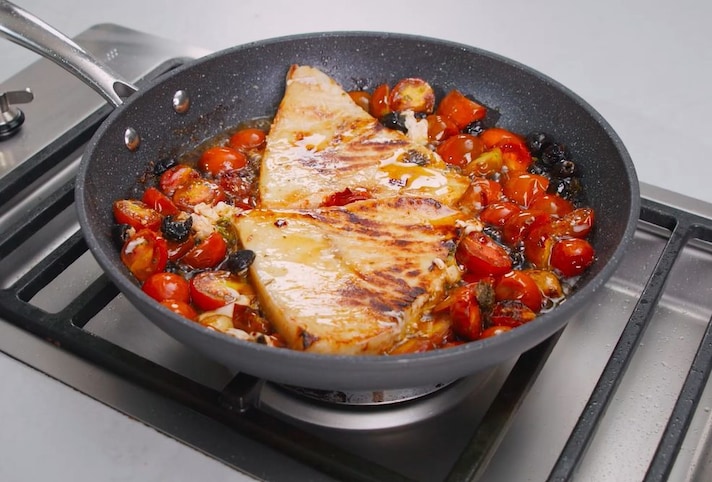
With fish, a few extra seconds can make the difference between a perfect consistency and a completely ruined one. People often worry that it will remain raw, but prolonged cooking dries out the flesh and hardens it. The fish is ready when it is opaque on the inside but still slightly soft in the center. If you use thin fillets, a few minutes per side is enough. And remember that it continues to cook, for a few seconds of course, even after being removed from the heat.
;Resize,width=767;)
